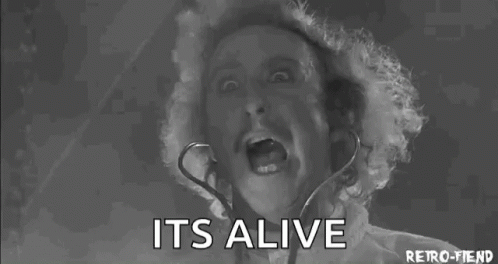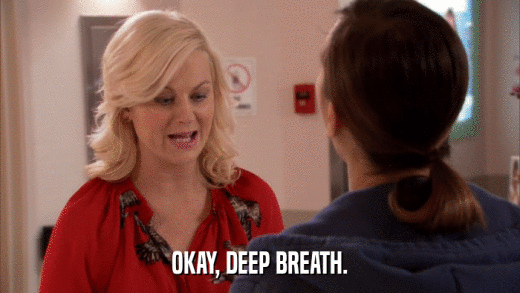People Drive Success More Than Processes Ever Will
As I see more and more AI-driven companies come out, it becomes increasingly clear to me that business owners seem to believe that all they need is the perfect algorithm to find the perfect business flow. If you just have processes and systems talking to one another, who needs people!
Wrong. Bad. Do not pass Go, do not collect $200.
Now, don’t get me wrong, I love a process. I love the order a good process brings to chaos, the clear requirements, the accountability. Beautiful. And a well written automation is chef’s kiss perfection.
But processes don’t innovate. They don’t think. A process is not capable of creativity. People are. And when businesses forget that they are run by people, not machines, they get stuck in a rut of efficiency without effectiveness.
At The Threadsmith Group, we believe that success isn’t about rigid structures—it’s about the humans who create, navigate, and refine them.
The Problem with Processes
Ever been in a meeting where someone says, “We can’t do that because it’s not in the process”? That sound you hear right now is me SCREAMING.
Here’s what happens when (bad) processes run the show:
Teams lose flexibility. If a process is the be-all, end-all, then what happens when things change? What’s the process for changing the process? No matter how bulletproof a process seems, unexpected challenges happen. It’s the creative, quick-thinking humans that solve real problems. You cannot throw a problem at a process and expect it to think on its feet. And if it does, um……
Creativity takes a hit. You can’t think outside the box when the box has 12 layers of approval, 3 different forms you have to fill out, and a pre-meeting about the meeting to meet about the box. I once got into an hourlong argument with a guy who was instituting Agile development processes at a company I worked at. I wanted the process changed to add a tag to tickets so I could track them in a product management system I was using at the time. He argued that it wasn’t “true Agile” and he didn’t want to do “all of the work” to not follow the one true Agile.
Reader, that was one of the goofiest arguments in my career, and I used to work in customer support. That’s a high bar.
People disengage. Nobody likes feeling like a replaceable cog in a machine. If all you ever really hired me for was to insert tab A into slot B and follow these extremely rigid processes for absolutely everything under the sun, I’m not going to give you my best. I’m really probably not going to give you much of anything, really. If you treat employees like robots, don’t be surprised when they entirely check out.
Processes should SUPPORT people, not replace them.
Anatomy of a Good Process
A good process isn’t just a set of rules written in a document somewhere—it’s a living, breathing system designed to support people, not control them. Too often, businesses create processes that look great on paper but fall apart in practice. Why? Because they weren’t built by the people using them, for the people using them.
1. Processes Should be Built by the People Who Use It
Processes shouldn’t be imposed from the top-down without input from the people actually doing the work. If the folks on the ground aren’t involved in shaping a process, they won’t trust it and they’ll find creative ways to work around it. The best processes come from collaboration, ensuring that the people using them every day actually believe in them.
2. A Good Process Thinks About Scale and the Future
What works for a team of five might break completely at 50. A process should be designed with growth in mind. When you build a process, try to do it with a thought toward anticipating bottlenecks before they happen and staying flexible enough to evolve. If a process doesn’t scale, it becomes a liability, not an asset.
3. Iterating is FINE! Perfection isn’t required!
Processes aren’t one-and-done. They need regular feedback loops and adjustments as teams learn what works (and what doesn’t). A rigid process that never evolves is doomed to fail. Great teams know that a process is never finished, it’s always improving. And that’s okay! That’s great, even! Progress is more important than perfection, and that’s true of anything you ever do.
Now if you’re thinking, OH NO, I’ve got some AWFUL processes WHAT DO I DO, HOW DO I GET ON THE RIGHT TRACK….
Take a deep breath…..
and let’s chat. :)
The Threadsmith Group Approach
At The Threadsmith Group, we help businesses create environments where people—not just processes—drive success. Whether it’s coaching, leadership development, or team optimization, we focus on the human element that makes organizations thrive.
Because at the end of the day, success isn’t about what you do. It’s about who does it—and how they work together.
Let’s build something great, together.


